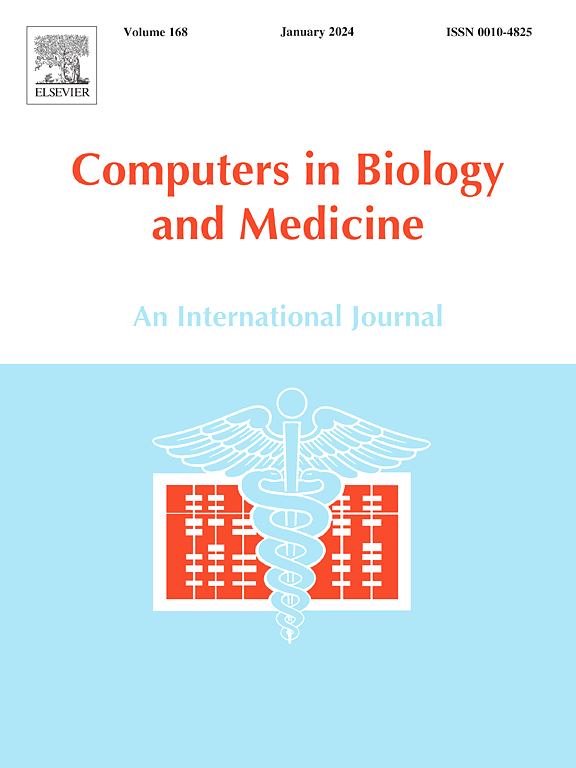Exploring neuroblastoma’s cellular microenvironment: A novel approach using cellular automata to model Celyvir treatment
IF 7
2区 医学
Q1 BIOLOGY
引用次数: 0
Abstract
Neuroblastoma is a significant health concern in children, as it is one of the most common types of cancer among this age group and is associated with poor survival rates. Currently, there are no effective therapies that significantly improve outcomes for these patients. This study explores the efficacy of Celyvir – an advanced therapy comprising mesenchymal stem cells (MSCs) carrying the oncolytic virus ICOVIR 5 – against neuroblastoma, by means of an individual-based model. A probabilistic cellular automaton was developed to implement the dynamic interactions between neuroblastoma cells, T lymphocytes, and the therapeutic agent Celyvir. The model examines various sizes, shapes, and positions of the tumour within a lattice, along with different infection probabilities associated with the action of Celyvir and various treatment schedules.
This analysis identifies the most influential infection probabilities according to the cellular automaton model, and demonstrates that different treatment regimens can effectively eradicate the tumour, in contrast to standard clinical approaches. Additionally, Kaplan–Meier curves have been generated to assess different treatment schedules under specific tumour scenarios, highlighting the importance of precise treatment scheduling to optimise therapeutic outcomes. This study provides insights into the potential of Celyvir in neuroblastoma treatment, emphasising the need to understand tumour dynamics and strategically implement treatment schemes to improve clinical outcomes.

求助全文
约1分钟内获得全文
求助全文
来源期刊

Computers in biology and medicine
工程技术-工程:生物医学
CiteScore
11.70
自引率
10.40%
发文量
1086
审稿时长
74 days
期刊介绍:
Computers in Biology and Medicine is an international forum for sharing groundbreaking advancements in the use of computers in bioscience and medicine. This journal serves as a medium for communicating essential research, instruction, ideas, and information regarding the rapidly evolving field of computer applications in these domains. By encouraging the exchange of knowledge, we aim to facilitate progress and innovation in the utilization of computers in biology and medicine.
 求助内容:
求助内容: 应助结果提醒方式:
应助结果提醒方式:


